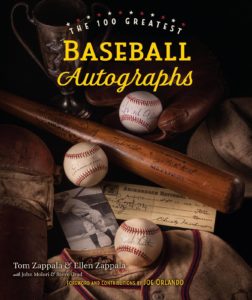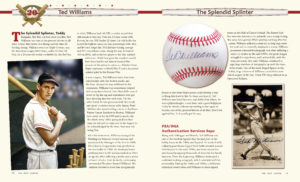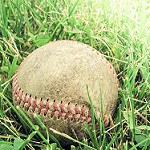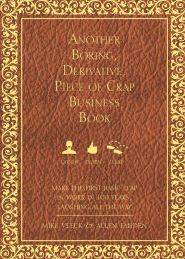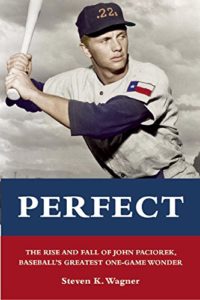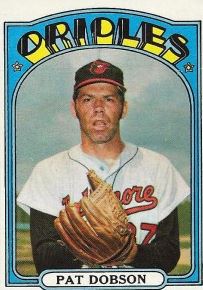 Baseball Roundtable declares July 31, 2016 Pat Dobson Day – at least on this blog site – and for good reason. Forty-five years ago today (July 31, 1971), the Orioles’ right-hander pitched a complete-game, five-hit shutout (no walks – six strikeouts), besting the Royals 4-0 in Baltimore. Dobson’s performance put an exclamation point on a month the likes of which we are not likely to see again. Here are a few tidbits about the game, the season and the month. That July 31 win was:
Baseball Roundtable declares July 31, 2016 Pat Dobson Day – at least on this blog site – and for good reason. Forty-five years ago today (July 31, 1971), the Orioles’ right-hander pitched a complete-game, five-hit shutout (no walks – six strikeouts), besting the Royals 4-0 in Baltimore. Dobson’s performance put an exclamation point on a month the likes of which we are not likely to see again. Here are a few tidbits about the game, the season and the month. That July 31 win was:
- Dobson’s fifteenth win of 1971 – running his record to 15-4.
- Dobson’s eighth win in July – a month in which he went 8-0, with a 2.65 ERA.
- Dobson’s eighth complete game in July. That’s right, eight starts, eight complete games – 72 innings and just 46 hits and 12 walks. Note: It was also his third shutout of the month.
- Dobson’s ninth consecutive complete game – dating back to June 29 – nine complete games in 33 days.
- Dobson’s twelfth consecutive win – on his way to a 20-victory season.
Oh, and Dobson went one-for-three with an RBI in the game. (More of #WhyIHateTheDH.)
Dobson, by the way, finished the 1971 season 20-8, with a 2.90 ERA – throwing 18 complete games in 37 starts (one relief appearance). Surprisingly, he wasn’t an All Star and was not even the ace of the Baltimore staff. That season, the Orioles had an MLB record FOUR twenty game winners: Jim Palmer (20-9, 2.68); Dave McNally (21-5, 2.89); Mike Cueller (20-9, 3.08); and Dobson. The four started 142 of the team’s 158 games – and finished 70 of them. Note: The only other team with four twenty-game winners was the 1920 Chicago White Sox.
Dobson finished his 11-season MLB career (Tigers, Padres, Orioles, Braves, Yankees, Indians) with a 122-129 record and a 3.53 ERA. He was an All Star just once. That (ironically) was in 1972, when he led the AL in losses with 18 (against 16 victories) despite a 2.65 ERA. After his playing days, Dobson served as an MLB pitching coach, scout and front office executive, as well as a minor league manager. He died in 2006 (age 64) of leukemia.
July 31, 1971 – when Pat Dobson put an exclamation point on a month of mound mastery.
I tweet baseball @DavidBBRT
Member: Society for American Baseball Research (SABR); The Baseball Reliquary; Baseball Bloggers Alliance.

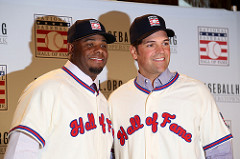


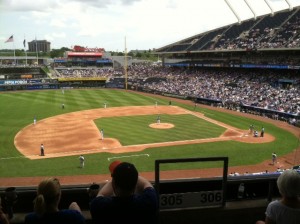
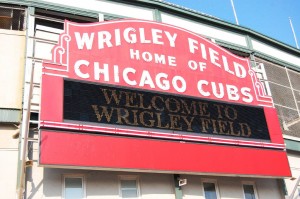
 Another great Ballpark Tours trip to Cuba. You’ll enjoy nine days in Cuba, five cities, three great hotels, Baseball People to People Events – and more.
Another great Ballpark Tours trip to Cuba. You’ll enjoy nine days in Cuba, five cities, three great hotels, Baseball People to People Events – and more.